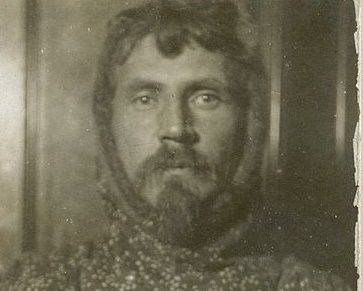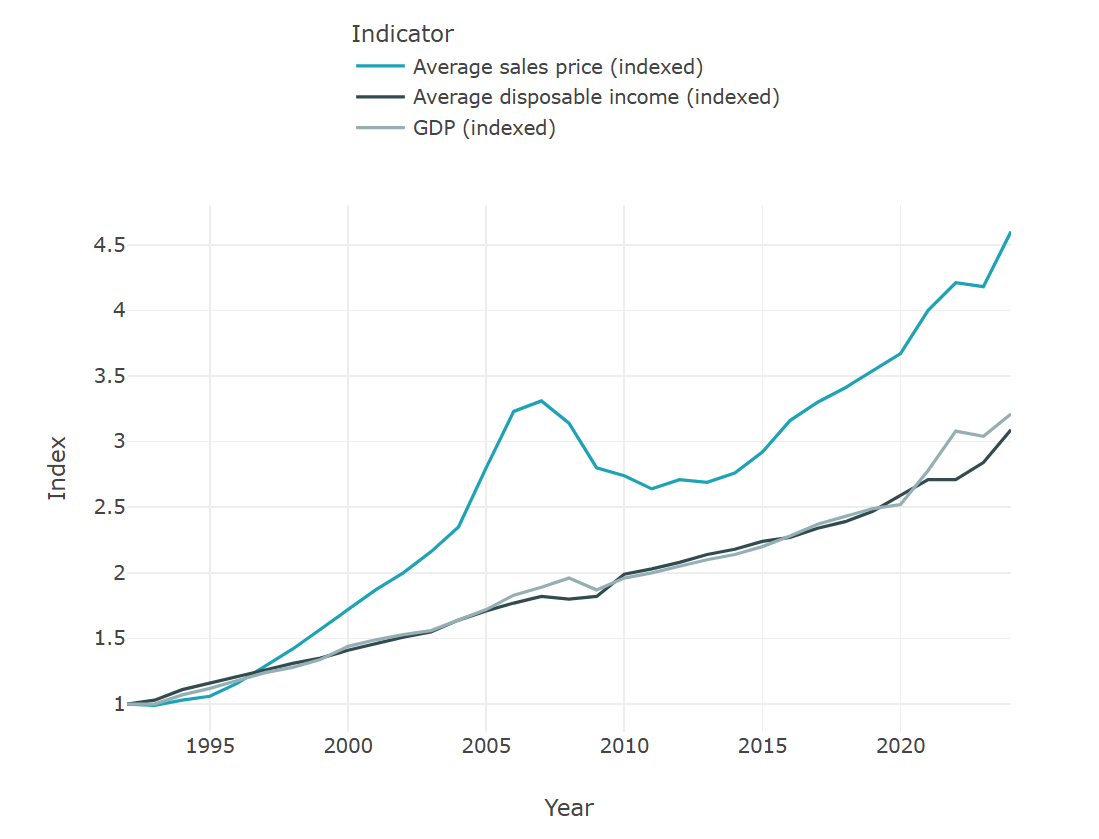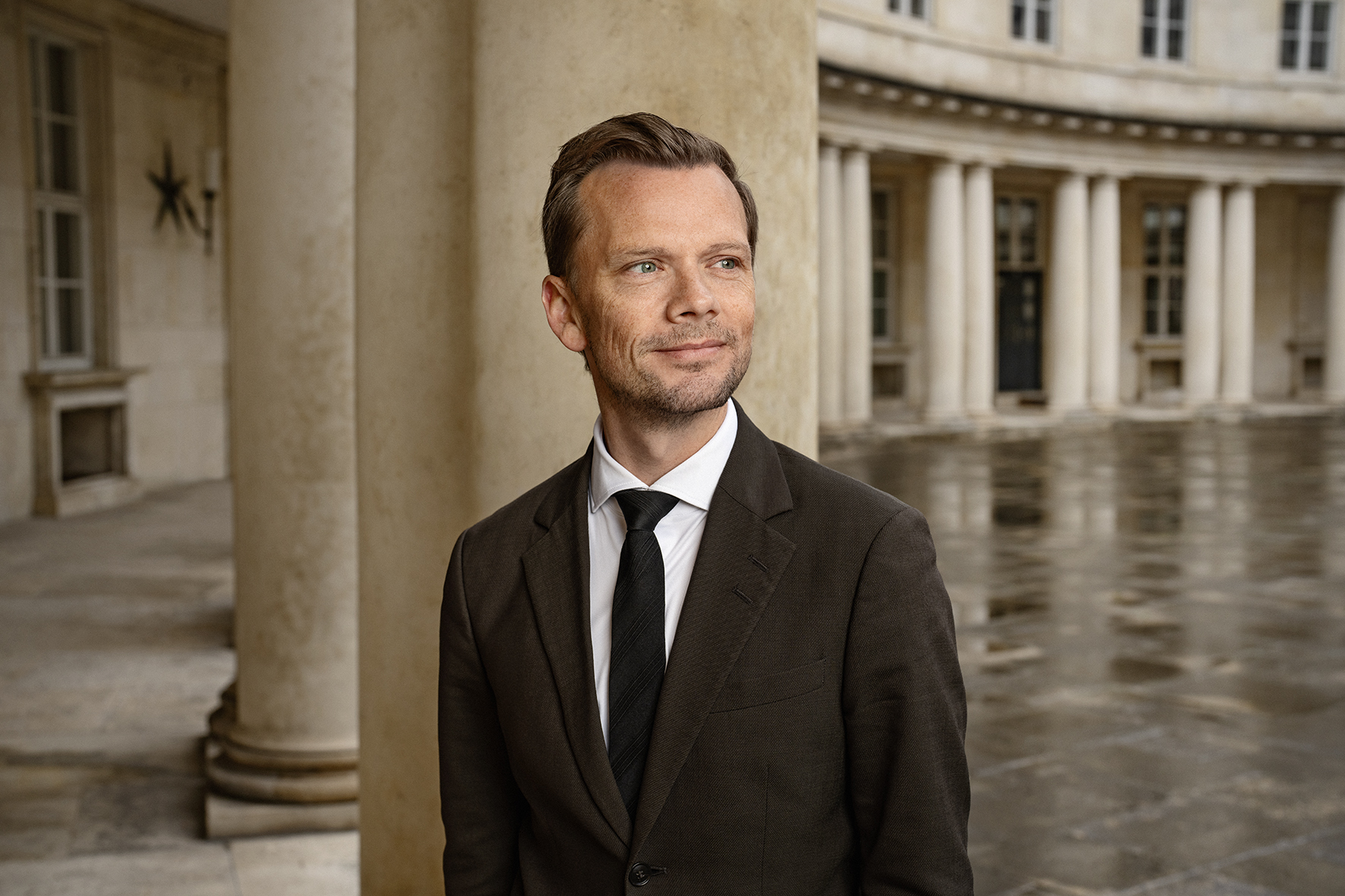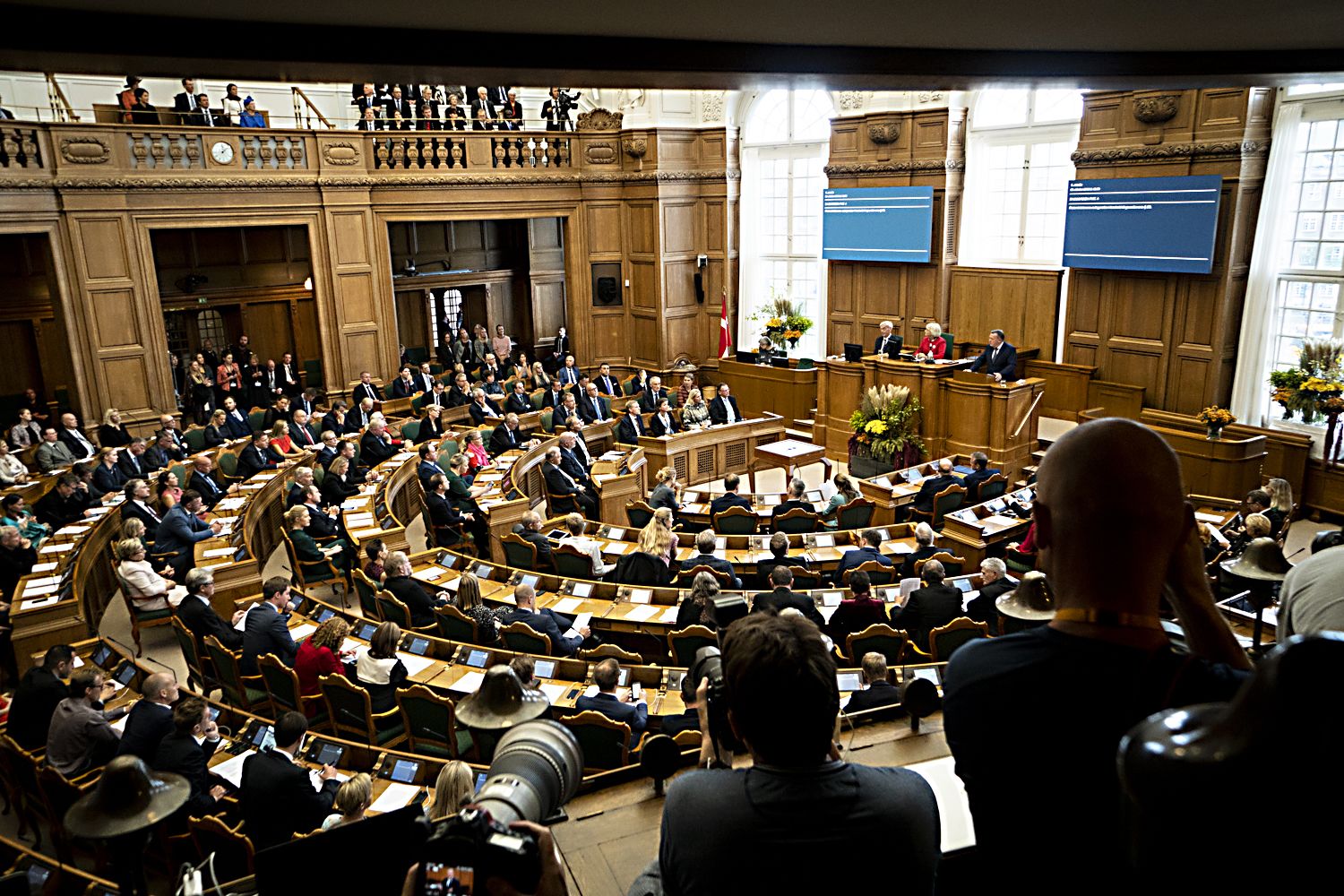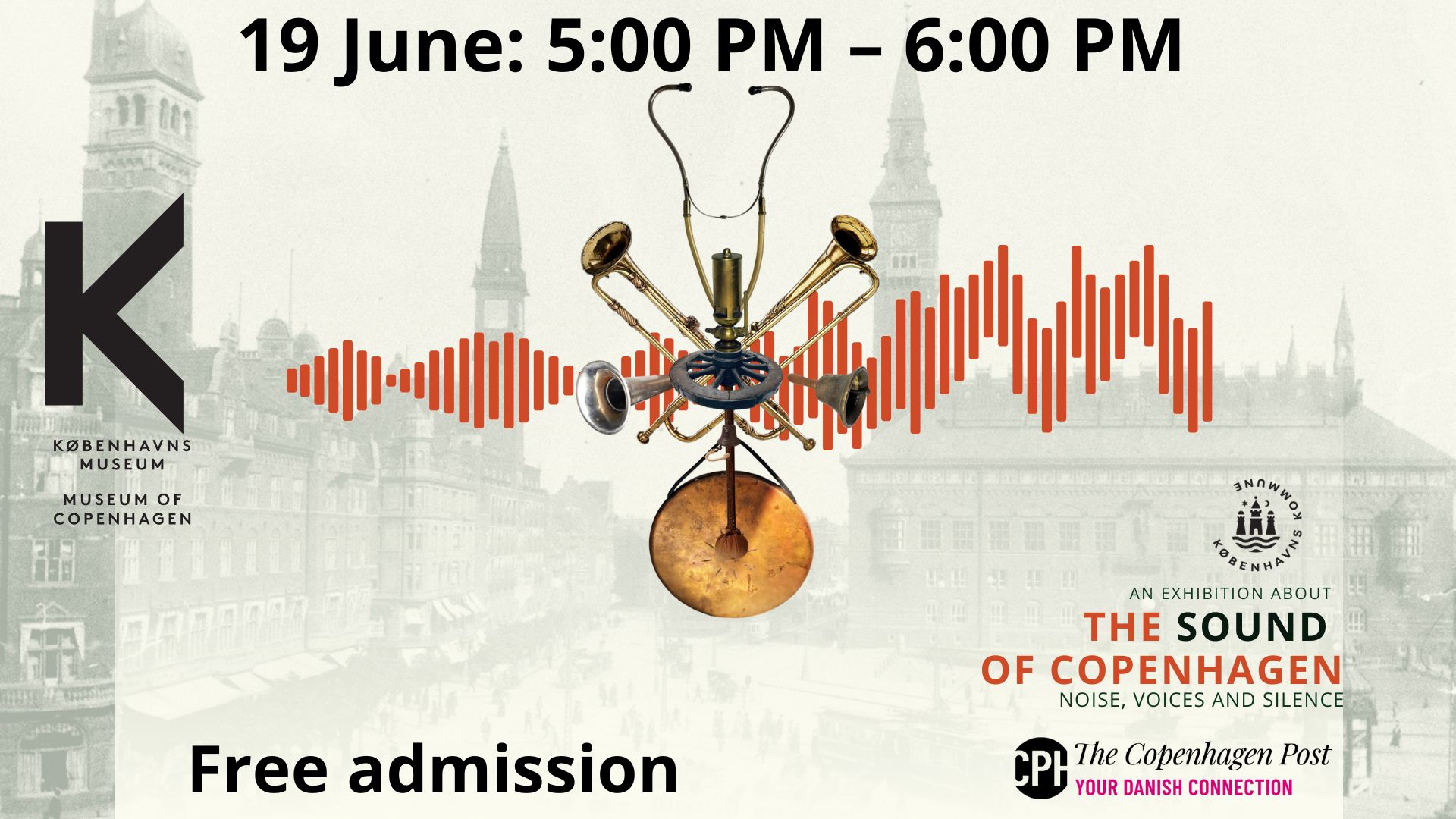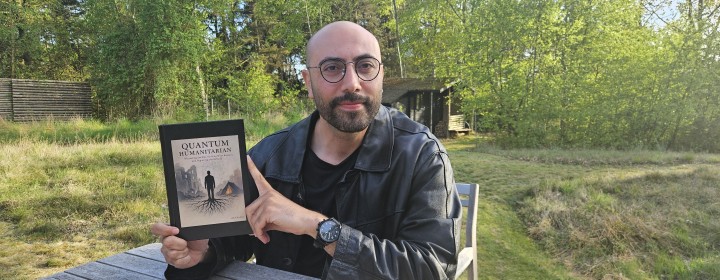On a giant boulder at the northern end of Copenhagen’s Langelinie sits a stylised but sad reminder of Team One’s failed expedition to Greenland’s northeast coast from 1906-1907. The formidable monument, designed by sculptor Kai Nielsen, features a relief of three men staring into the wind of a snowstorm, doomed in the face of the awesome power of Greenland’s nature.
The three fated men depicted in the memorial are Greenlandic guide Jørgen Brønlund, cartographer NP Høeg Hagen, and the self-styled leader of the expedition, poet/journalist Ludvig Mylius-Erichsen. Of all of these men, it is Mylius-Erichsen who has captured the popular imagination in the 110 years that have followed the fatal expedition, in spite of, or even because of, the reckless failure of the trip.
Fleeing the chill
Mylius-Erichsen was ill-suited as an explorer: any flair for logistics was lost on him, and he cared little for science. He hailed from sleepy Ringkøbing, the son of a police officer and a farmer’s daughter. As a teenager, ‘Mylius’ (as he was popularly referred to) fled Jutland for the excitement of Copenhagen, where he floundered.
Following a failed stint as a law student, Mylius became a radical republican and hack journalist at Politiken. But Mylius’s passion for art and culture failed to deliver the recognition he believed himself destined for. After a series of literary flops, a chance meeting with Greenland researcher TV Garde awoke Mylius’s true calling in polar exploration.
A chilly marriage to a provincial girl gave Mylius just the kick he needed to begin his first great adventure as head of the Danish Literary Greenland Expedition in 1902. Despite his zeal, Mylius had no other qualifications, aside from a few books he read independently on the subject. However, the expedition was an enormous success, thanks largely to his shrewder colleagues, the young polar explorer Knud Rasmussen and artist Harald Moltke. The expedition marked the first meeting between a team from the Danish colonies in west Greenland and the polar Inuits at Cape York.
Following the first expedition, Mylius was suddenly in demand at speaking engagements throughout Europe, which made him crave an even more daring expedition. In 1906, Mylius appointed himself the leader of an expedition that would seek to map the last undiscovered regions of northeast Greenland and investigate the American explorer Robert Peary’s theory that the Peary Channel cut across the region. The four-team crew under Mylius-Erichsen’s command departed in the summer of 1906.
Waylaid by hubris
But Mylius’s cocky expectations were doomed to fall hard. The former poet attempted to institute a policy of ‘democratic vote’ on the expedition, which undermined any respect for him as leader. In the spring of 1907, his team (consisting of Høeg Hagen, Brønlund, and himself) discovered a costly mistake: through a mistake in navigation, the team had missed Peary Channel by a long shot. Instead, the team were stuck in the deep and vast Denmark’s Fjord. By chance, Mylius’s team met Team Two, led by the adept JP Koch. Fearful that Koch would upstage him in mapping Peary’s Channel across Greenland, Mylius ordered his team to press on into the wet Arctic summer. The order was given despite the fact that provisions were scarce and just seven of the team’s 23 dogs were still alive.
With no word from Team One by autumn, a search party struck out in search of them. On 19 March 1908, the body of Brønlund was recovered near Lambert Land, together with a diary detailing the fate of the team (thought to have died in November 1907). More intriguingly, Brønlund left precise directions to the bodies of Høeg Hagen and Mylius-Erichsen, which he claimed lay 20 km away. But the bodies of the two men were nowhere to be found.
The disappearance of Mylius and Høeg Hagen without a trace spurred rampant speculation as to their fate. Many claimed that Brønlund had eaten the two explorers, while others speculated that more than one body was found with Brønlund in his icy grave. Legends took hold, claiming that Mylius and Høeg Hagen hadn’t died at all, but lived as grizzled, reclusive old men in the icy north. For their part, the search party took a vow never to discuss what they found near Lambert Land: a vow they kept, every man, until they died.

